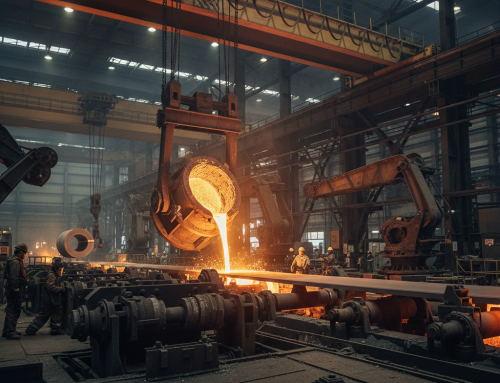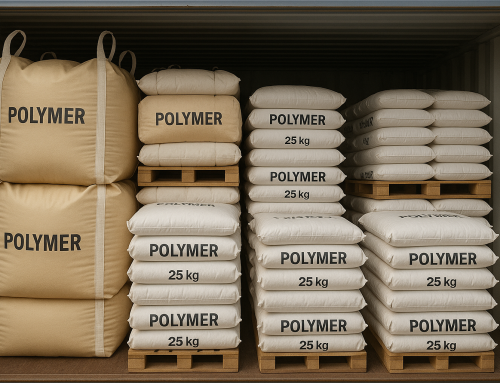
From the smartphone in your pocket and the glass in your window to the roads you drive on and the energy that powers your home, minerals are the fundamental building blocks of our modern world. While metals and polymers often take the spotlight, industrial minerals are the silent, indispensable partners in nearly every sector of the economy.
This article explores the journey of these critical materials, from their extraction deep within the earth to their essential roles in manufacturing, technology, and construction.
1. What Are Industrial Minerals?
Unlike minerals mined for their metallic content (like iron ore) or their energy value (like coal), industrial minerals are valued for their specific physical and chemical properties. They are the “workhorse” materials of industry.
This broad category includes:
- Construction Minerals: Such as sand, gravel, limestone, and gypsum, which form the literal foundation of our infrastructure (concrete, drywall, asphalt).
- Agricultural Minerals: Like potash and phosphates, which are essential components of fertilizers that feed the global population.
- Technical Minerals: Including silica (for glass and semiconductors), kaolin (for paper and ceramics), and salt (for chemical processes).
- Critical Minerals & Rare Earths: A group that has gained massive strategic importance, including lithium, cobalt, and graphite (for batteries) and rare earth elements (for magnets in wind turbines and electronics).
2. From Earth to Industry: The Supply Chain
The journey of a mineral is a complex, large-scale operation that represents the very beginning of almost every supply chain.
- Exploration & Extraction: Geologists identify viable deposits, which are then extracted through two primary methods:
- Surface Mining (Open-Pit): Used for minerals that are close to the surface, such as stone, sand, and many lithium-bearing clays.
- Underground Mining: Required to reach deeper, more concentrated deposits of minerals like potash or salt.
- Processing & Beneficiation: Raw ore is rarely usable in its natural state. It must be crushed, ground, sorted, and refined. This often involves complex chemical or physical processes (like flotation) to separate the valuable mineral from waste rock and impurities.
3. The Pillars of Modern Application
It is nearly impossible to find a product or process that does not depend on minerals.
Construction and Infrastructure
This is the largest consumer by volume. Minerals are not just in our buildings; they are our buildings.
- Concrete: A mix of cement (made from limestone and clay), sand, and gravel.
- Glass: Produced by melting high-purity silica sand.
- Drywall: Made from compressed gypsum.
Technology and the Energy Transition
The shift to a green economy is entirely dependent on minerals. You cannot build a battery, a solar panel, or a wind turbine without them.
- Batteries (EVs, Grid Storage): Require massive amounts of lithium, cobalt, graphite, and manganese.
- Solar Panels: Rely on high-purity silicon (from silica) and smaller amounts of silver.
- Electronics: Every microchip contains silicon, and components use a wide array of rare earth elements.
Manufacturing and Agriculture
From making paper smoother (kaolin) to purifying water (zeolites) and growing food (potash), minerals are essential processing agents and ingredients.
4. The Global and Strategic Importance
Minerals are not distributed evenly around the globe. This geological fact creates a complex web of global trade and geopolitical significance.
A few countries may control the majority of the world’s supply of a specific mineral (e.g., cobalt from the DRC, rare earths from China, lithium from Australia and Chile). This makes supply chains vulnerable to disruption and has turned “critical mineral security” into a top priority for governments and major industries worldwide.




